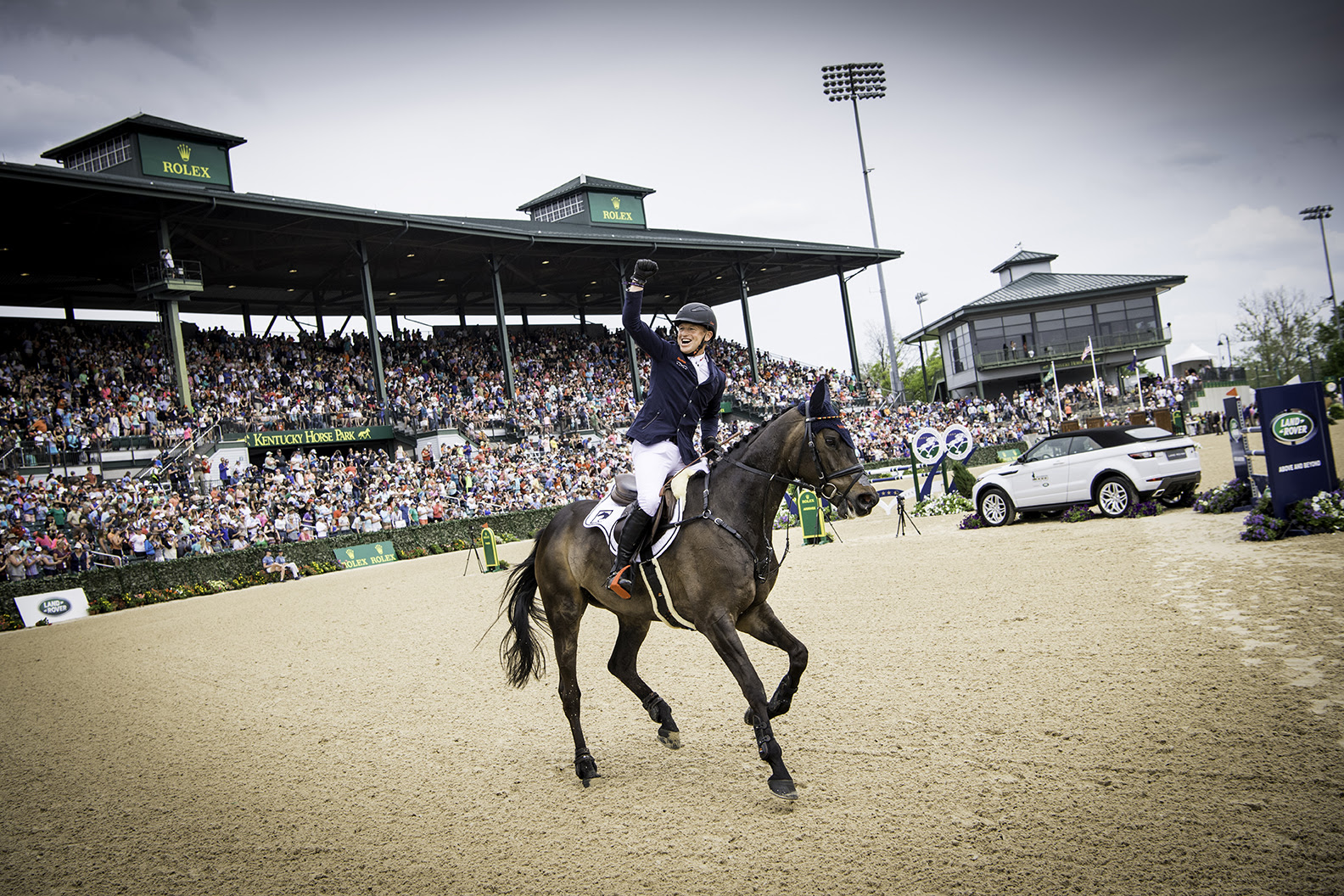
The Eventing season is upon us. It’s the ultimate test of trust, supreme athleticism, fitness and courage on part of both horse and rider but how much do you really know about its history.
Eventing (also known as horse trials) is an equestrian event where a single horse and rider combination compete against other combinations. It’s essentially an equestrian triathlon that combines three disciplines in one competition: dressage, cross-country and show jumping.
It has its roots in the Cavalry where Cavalry Officers’ horses were tested for their fitness and suitability.

Dressage originally demonstrated the horse's ability to perform on the parade ground, where elegance and obedience were key. Cross Country was a test of stamina, courage, and bravery over difficult terrain, important for a horse on long marches or if it was asked to carry a dispatch across country. Show Jumping was designed to prove the horse's continuing soundness and fitness after a challenging cross-country course.
An eventing competition that resembles the current sport was first held in France In 1902. It became an Olympic sport in 1912 when Count Clarence von Rosen, Master of the Horse to the King of Sweden, devised the first event. The Olympic event was originally open only to male military officers in active duty, mounted only on military charges. The Paris Olympics in 1924, established the present pattern for the three-day event. At this time the teams for the Olympic Equestrian Games were still sourced from the army.
The first civilian three-day event held in the U.S. took place in 1949. In 1953, it was decided to organize a miniature or ‘one day event’ based on the Olympic three-day formula. Rules were written, and a course was developed in Nashville. The event was a huge success and it became the first continuous one-day event or ‘ODE’ as you may see it called sometimes.
As you would expect, the horse’s welfare is of the utmost concern. So horses are inspected at key points by a vet to ensure that they are fit to compete. It is usually a very formal affair with well-groomed and braided horses and nicely dressed riders. It is also a very nerve-racking time, as the "pass" or "fail" determines whether the horse may continue with the competition. A vet can request that a horse is sent to the holding box, when it will then be re-assessed before being allowed to continue. In higher level classes, a second vet may also inspect horses sent to the holding box and make the decision to pass or fail them.
Ride with Equestrian Escapes in the UK.
06/03/2018
sarahcaplan